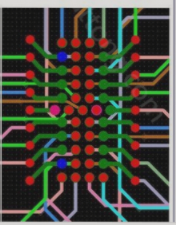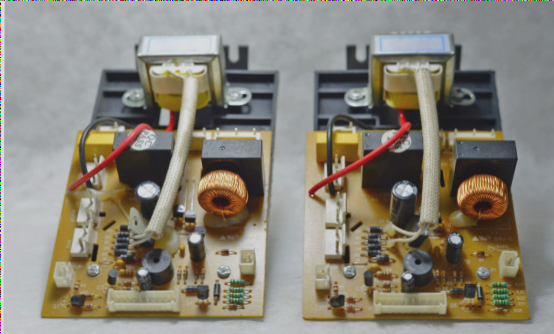PCBA Processing Methods and Techniques
-
Single-Layer Mixed Assembly
Single-layer PCBs are commonly utilized in PCBA processing. This method involves distributing SMT patches and DIP components on opposite sides of the PCB. The soldering surface is on one side, while the patch surface occupies the other. Two assembly methods are:
- Laying first, then inserting: SMC/SMD components are mounted on the B side, followed by crimping THC components on the A side.
- First inserting, then pasting: THC components are crimped on the A side first, followed by SMD components on the B side.
-
Mixed on Both Sides Assembly
Double-sided PCBs are commonly used in this type of PCBA processing. SMT patches and DIP components can be mixed on the same side or both sides of the PCB. Two common assembly methods are:
- SMT and DIP components coexist on the same side.
- DIP components with SMT components on one or both sides.

-
Complete Surface Assembly
This type of PCBA involves single-layer and double-sided PCBs with only SMT components, excluding THT components. Two assembly types are:
- Single-layer surface assembly.
- Double-sided surface assembly.
Characteristics of Surface Mount Components in PCBA Processing
-
Advantages of SMT Components
- SMT components have solder ends with very short leads, increasing wiring density.
- Direct mounting on the PCB surface eliminates pads around through holes, enhancing wiring density.
- Improved electrical characteristics due to minimized parasitic capacitance and inductance, enhancing high-frequency performance.
- Simple shape and robust structure improve reliability and impact resistance.
- Standardized and minimized through hole dimensions enable automated placement, increasing efficiency and reducing costs.
-
Temperature Tolerance of SMT Components
SMT components can withstand higher temperatures during assembly, contributing to their durability and performance.





